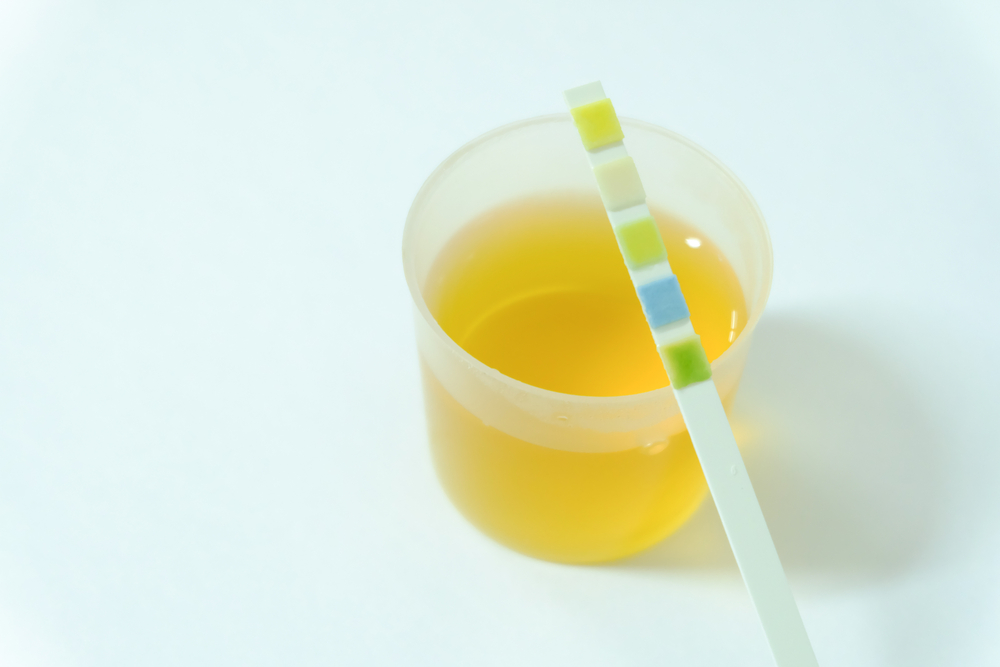
Both procedures play a crucial role in diagnosing and treating urinary tract infections, bladder tumors, stones, and other urinary tract issues. While cystoscopy focuses on the bladder, cystourethroscopy allows for examination of both the bladder and urethra.
Cystoscopy involves the use of a thin tube (cystoscope) to visualize and examine the interior of the bladder. This procedure enables a detailed view of the internal structure of the urinary tract and bladder, aiding in the diagnosis of bladder tumors, stones, urinary tract infections, and other urinary tract problems. Cystoscopy also allows for biopsies and treatment of any detected abnormalities within the bladder.
Cystourethroscopy is similar to cystoscopy but extends the examination to include the urethra. This procedure is used to diagnose and treat urethral strictures, urinary tract infections, and other urethral problems. Both cystoscopy and cystourethroscopy facilitate accurate and early diagnosis of urinary tract issues and allow for therapeutic interventions when necessary.
Cystoscopy and cystourethroscopy are usually performed under local anesthesia or mild sedation. Initially, the urethra is cleaned with antiseptic solutions, and local anesthesia is applied. Then, a thin tube (cystoscope or cystourethroscope) is inserted through the urethra into the bladder. This tube contains a camera and light source, enabling the doctor to visualize the interior of the bladder and urethra in detail.
During the procedure, the doctor examines the internal structure of the bladder and urethra, and if any abnormalities or issues are detected, biopsies can be taken or therapeutic interventions performed. The procedures typically last 15-30 minutes, and patients are generally discharged on the same day. Mild pain, blood in the urine, or a burning sensation during urination after the procedure is normal and usually resolves within a few days.
The primary advantage of cystoscopy and cystourethroscopy is their ability to facilitate accurate and early diagnosis of urinary tract problems. These procedures allow direct visualization of the bladder and urethra, enabling precise diagnosis through biopsies if needed. Additionally, cystoscopy and cystourethroscopy can be used for therapeutic interventions to address urinary tract issues.
However, there are some risks and complications associated with these procedures. Post-procedure, patients may experience infection, bleeding, and pain during urination. There is also a risk of injury to the urethra or bladder. Patients should closely monitor their symptoms and immediately contact their doctor if any abnormalities occur. All risks and complications should be thoroughly discussed with the doctor before the procedure.
After cystoscopy and cystourethroscopy, it is essential for patients to monitor their symptoms and follow their doctor's instructions. Mild pain, blood in the urine, or a burning sensation during urination is normal but usually resolves within a few days. Patients should drink plenty of water and maintain proper hygiene to reduce the risk of urinary tract infections.
Resting and avoiding strenuous physical activities after the procedure are important. Additionally, taking prescribed antibiotics regularly helps minimize infection risk. Regular follow-up appointments with the doctor are essential to evaluate the success of the treatment and monitor for potential complications. This follow-up and care process ensures a healthy recovery for patients. For more information and to schedule an appointment, contact EMPCLINICS.
If tissue samples (biopsies) are taken during cystoscopy, results are typically available within 1-2 weeks. Your doctor will provide information after the procedure.
With local anesthesia, pain during cystoscopy is minimal. Patients may feel slight discomfort or pressure. Mild pain and burning sensation after the procedure are common but usually short-lived.
Cystourethroscopy is generally safe, but there can be rare complications such as infection, bleeding, urethral injury, and bladder perforation.